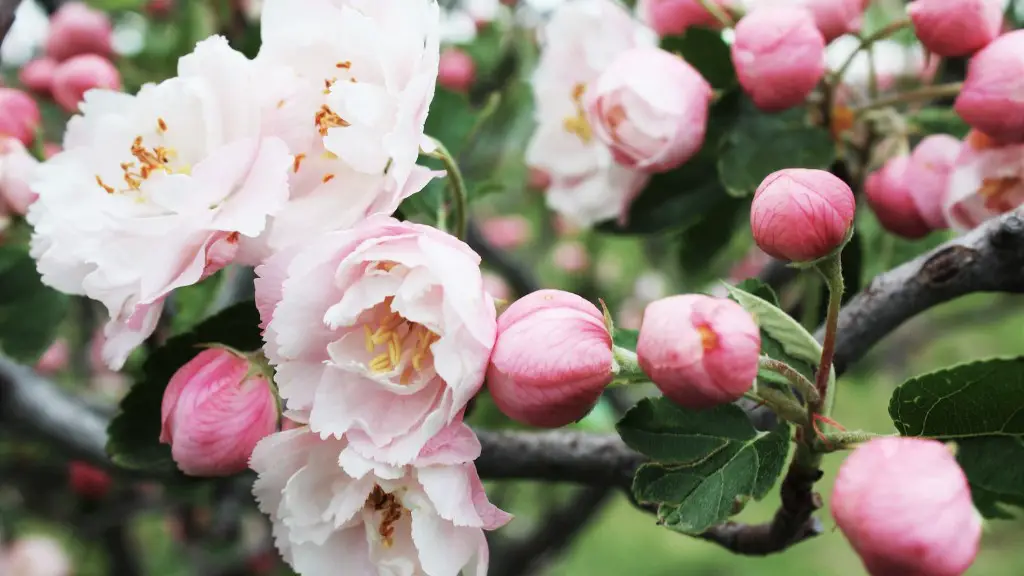Introduction: How Fast Palm Trees Grow
Palm trees are commonly seen all around the globe, ranging from temperature zones to tropical regions. But how fast do these trees grow? That is the question many people will ask. It is important to answer this question accurately so that the right kind of tree can be found for a particular region in order to ensure optimal growth.
How Fast Palm Trees Grow
The rate at which palm trees grow can vary widely depending on the species, the environment, and other factors. Generally, most palm trees grow at a medium-to-fast pace with expected growth rates ranging from about 8 to 24 inches per year. On the faster end of the spectrum, cabbage palms can grow up to 2.4 feet annually, while slower-growing species like date palms may have a growth rate of about 6 inches per year.
environmental Factors
Factors like the environment, soil, water, and local weather can all affect the growth rate of palm trees. For example, good amounts of rainfall and ample sunlight will encourage faster growth, while drought or negatively charged air can hinder it significantly. In addition, different species of palm trees are better suited to growing in different climates and soils, so it is important to research these variables before planting a palm tree.
Nutrient Intakes
Just like other plants, palm trees rely on macro and micronutrients to stay healthy and grow. Nitrogen, phosphorous, and potassium, which are known as the primary macronutrients, are important for photosynthesis and metabolic processes. Iron, boron, and zinc are a few of the essential micronutrients that aid growth. As long as palm trees have a steady supply of macronutrients, micronutrients, and adequate water, they should be able to grow at an optimal rate.
Caring for a Growing Palm Tree
For best results, the soil where a palm tree is planted should be aerated periodically, and kept semi moist. The tree will also need protection from direct sunlight and wind to prevent drying out, and can benefit from fertilization every few months. Additionally, the base of the tree should be pruned back as needed to ensure proper growth.
Reasons to Plant a Palm Tree
Apart from the aesthetic value they bring to a landscape, palm trees are a great choice for many reasons. Not only can they provide a good source of shade, they can also act a windscarf and work to keep running costs down. Plus, their height can make them an ideal birds’ habitat.
Native Palms
When planting a palm tree it is wise to choose one that is local to the region. This is because native palms may already be accustomed to the area’s soil and climate, and therefore experience lower stress once planted. Additionally, native species are adapted to the insects and pests present in the environment and can better stand up to any diseases.
Maintenance Tips
When properly cared for, palm trees will live for many years. Maintaining a healthy tree means that frequent inspections should be carried out to make certain no pests or disease have taken hold. If any signs of infection appear, action should be taken immediately in order to keep away major damage or threats.
Trimming and Pruning
Palm trees should also be regularly trimmed and pruned to maintain their health, keep the tree well-shaped and encourage better growth. This involves removing any dead/diseased fronds, as well as any over-grown stems. Doing so can also increase the size of remaining fronds, as well as promote new growth.
Harvesting of Fruit and Seeds
When harvesting the fruit or seeds from a palm tree, special attention must be taken to prevent damage to the tree. Generally, the fruit should be carefully removed at its stem, while seed pods should be left intact. Aside from causing harm to the tree, harvesting without proper technique can also lessen its chances of successfully reproducing in the future.
Repotting Palm Trees
As palm trees grow, they will eventually need to be repotted in order to provide them with more space and nourishment. This can be done during the spring or summer months, however, a larger pot should not be used until the tree has reached its maximum size. Additionally, there should also be drainage holes to ensure adequate water runoff.
Choosing the Right Palm Tree
For anyone looking to plant a palm tree, it is important that they make the right decision. Prior to making any purchases, research into the climate, location, size, and other characteristics of the tree should be done. Many nurseries and garden stores have qualified staff available to help with the selection process.
Conclusion
Overall, the rate at which palm trees grow depends on numerous environmental, soil, and nutrient conditions. When properly cared for, a single tree can have a seemingly fast growth rate and thrive for a long time. Planting the correct species, in combination with following the right care tips, is crucial for the success of a palm tree.



